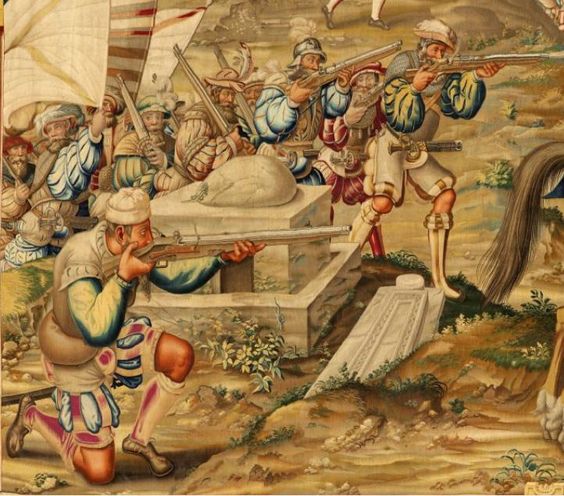M.A. Zofia Anna Maria Jackson
Threads of War: The Depictions of Battles in Tapestries in the Early Modern Period and the Textility of History
The objective of this research is to investigate depictions of battle scenes from a material history perspective, and determine whether this grand pictorial theme, standing in the highest rank of the academic hierarchy of artistic subjects, was in fact a textile genre. By tracing the meanings, functions and development of the textile medium in the Early Modern Period, this study intends to outline an iconology of woven artworks throughout the history of the military genre in a confrontation with monumental painting.
For this purpose the dissertation will focus on four Early Modern European battle tapestries as case studies: the Story of the Trojan War, the Conquest of Tunis, the History of the King, and the Art of War. All of these extremely influential and multiply rewoven textiles of the highest quality are very well preserved and documented. What is more, their origins rage from the late 15th to the mid 18th cent. – a span of time long enough to observe the essential transformations of the battle genre in visual art.
The analysis of the tapestry medium will result in a historical theory and iconology of the textile. The goal of this dissertation will be achieved through an interdisciplinary approach, combining methods from various fields, such as social and cultural history, gender and postcolonial studies. The scientific importance of the project lies in its innovative attempt to delineate the various meaning of tapestries depicting battles, which have received little scholarly attention in spite of their significance. By conducting transmedial research on tapestries and monumental paintings, the dissertation will lead to the advancement of both in the field of art history, playing a vital part in the establishment of textile art history as an academic discipline.
Furthermore, it will join the two detached cultures of universities and museums, as the theoretical approach will be complemented by visual studies of concrete textile objects and collaboration with museum specialists.
